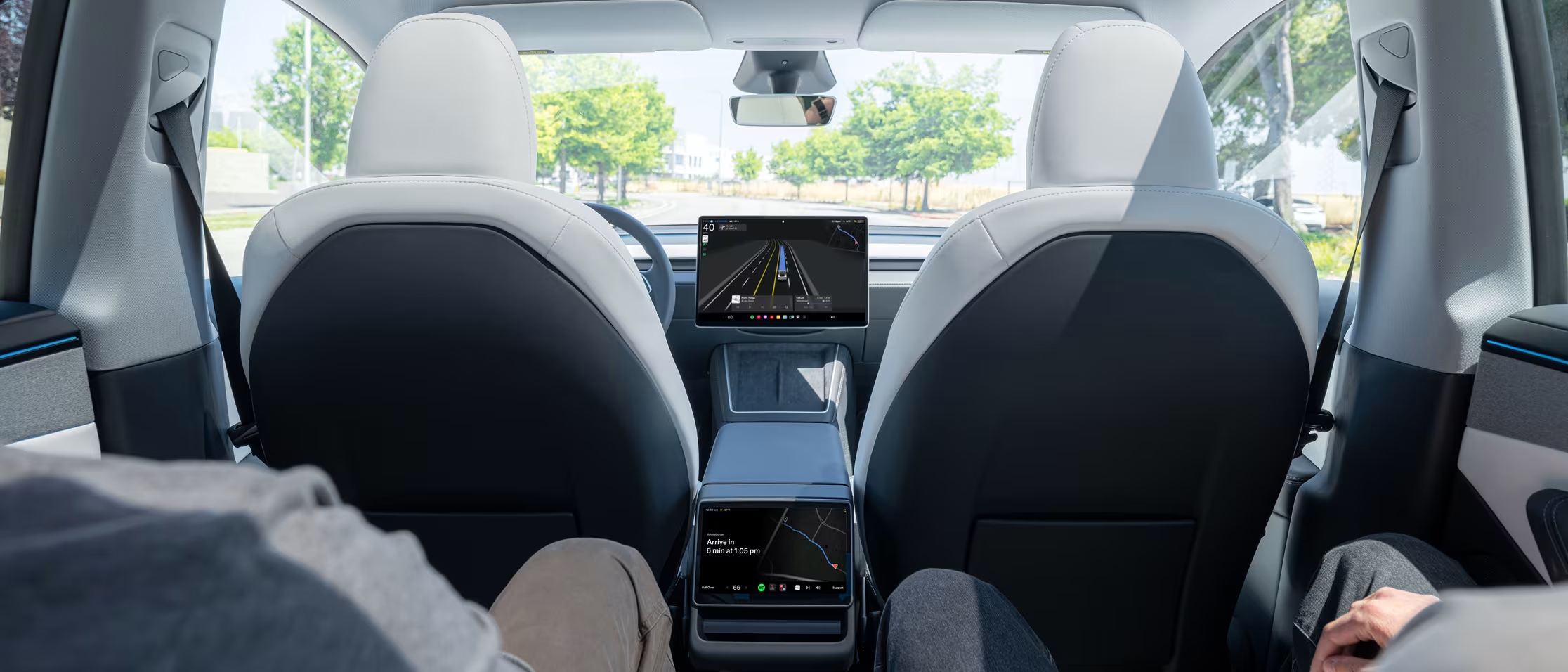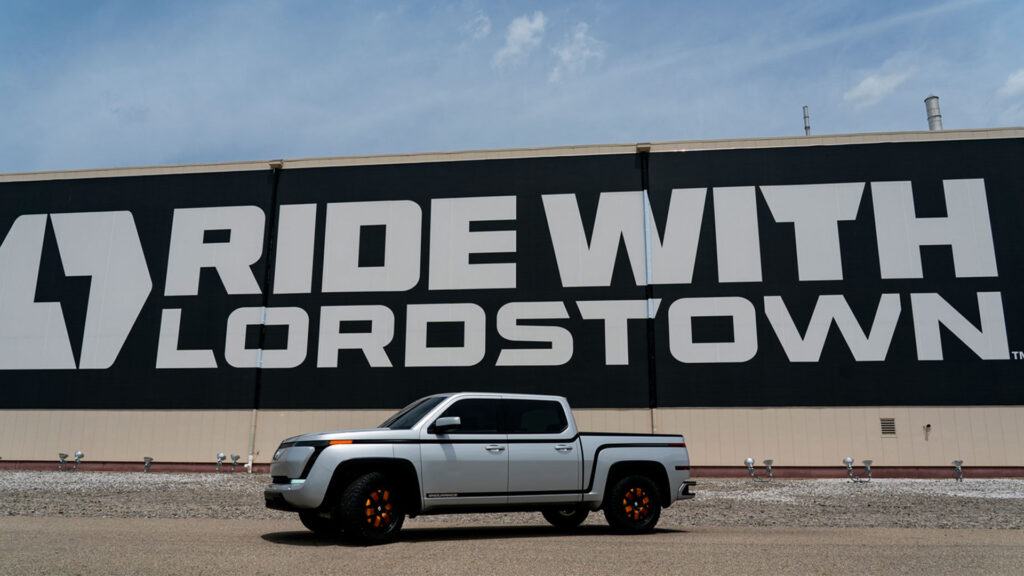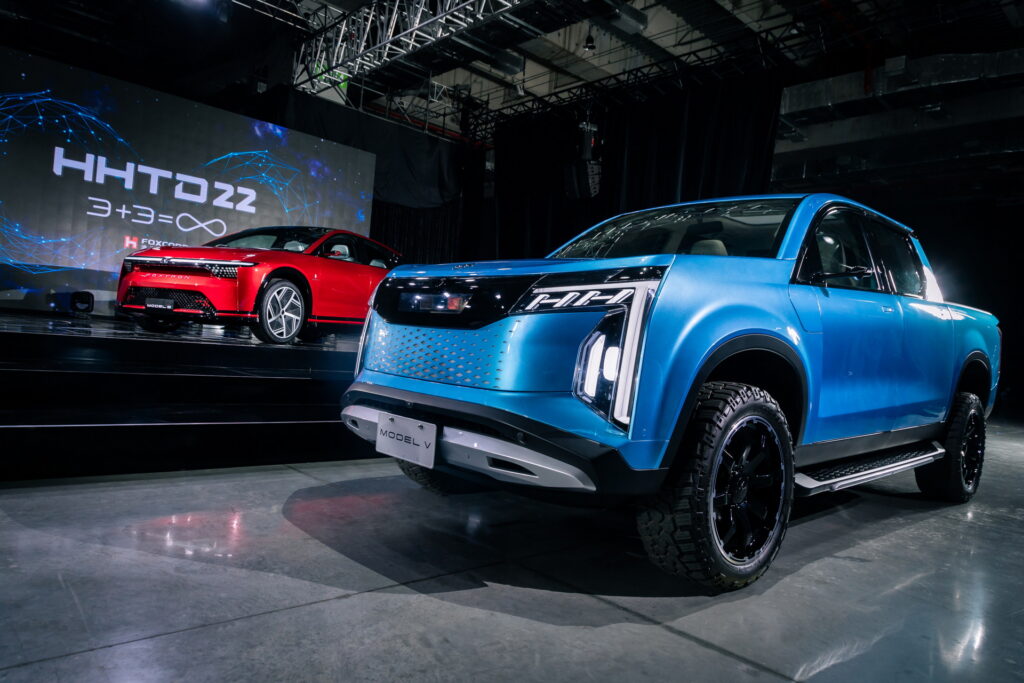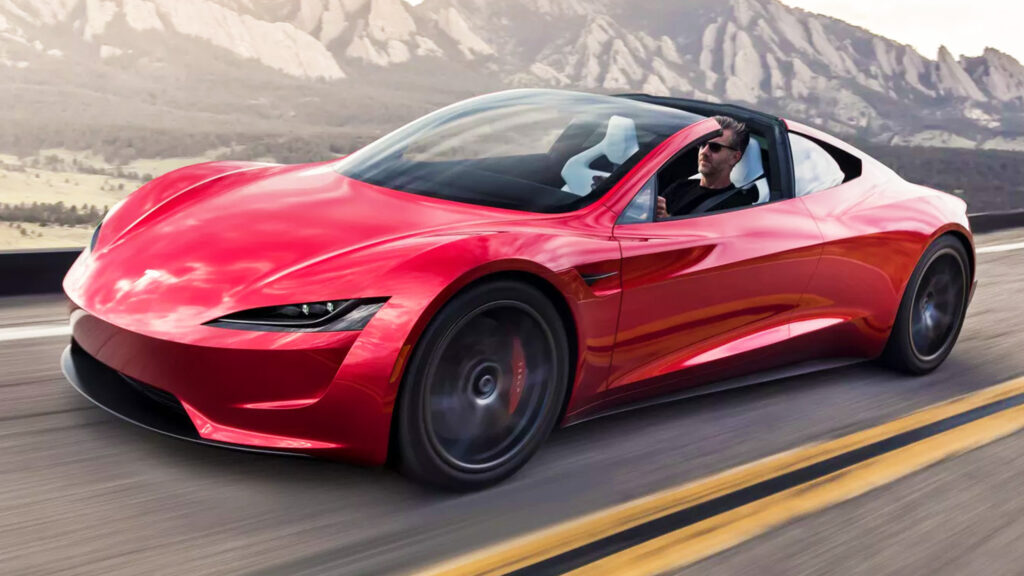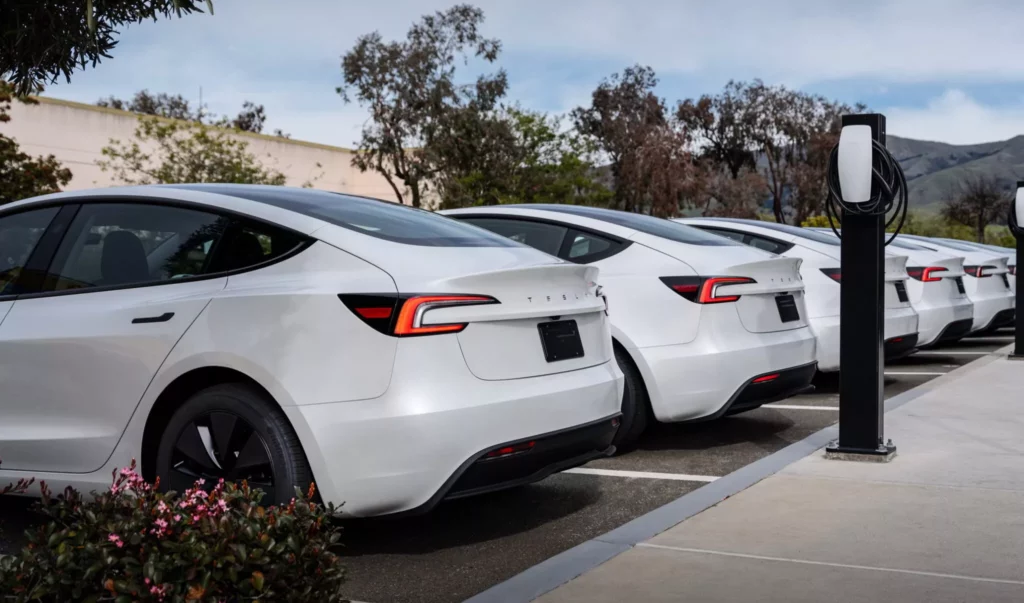GM And Hyundai Team Up For Five Joint Models

- GM and Hyundai are teaming up to jointly develop five new vehicles.
- South and Central America will be getting two trucks, a car, and a crossover.
- The only model for North America is an electric commercial van.
Following months of rumors, General Motors and Hyundai have officially announced plans for five co-developed vehicles. However, many of them are destined for Central and South America.
The companies were tight-lipped on specifics, but confirm plans for a compact car, a compact crossover, and a compact truck. There will also be a mid-size pickup, whose development will be led by GM. Hyundai will take the lead for the remaining vehicles and all of them will have the “flexibility to use either internal combustion or hybrid propulsion systems.”
More: GM And Hyundai Want To Make Cars Together, Sign Agreement To Explore Opportunities
The only model for North America is an electric commercial van. Rumors have suggested GM could get a version of the Hyundai ST1 or Kia PV5 to serve as a successor to the Chevrolet Express and GMC Savana.
If everything goes according to plan, the companies could sell more than 800,000 co-developed vehicles annually. The automakers added that while the vehicles will have a lot in common, each version will have “unique interiors and exteriors consistent with their respective brands.”
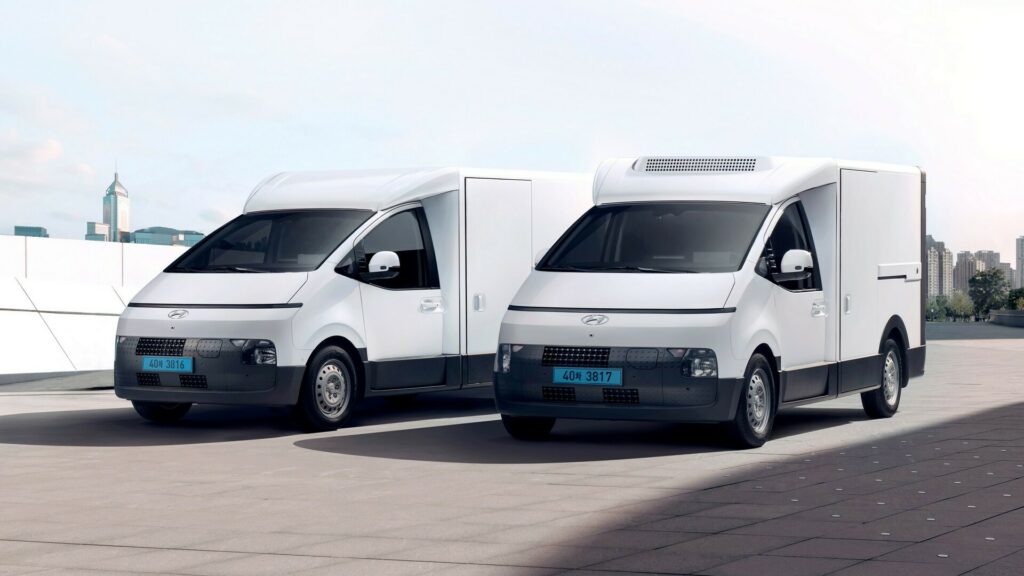
Design and development is already underway, and models built for Central and South America will be launched in 2028. The commercial van could arrive as early as 2028 and will be built in America.
Aside from new models, the companies are planning “joint sourcing initiatives in North and South America for materials, transport, and logistics.” They’re also eyeing other areas of collaboration including on raw materials, components, low-carbon emissions steel, and “complex systems.”
Hyundai CEO José Muñoz said the “strategic collaboration with GM will help us continue to deliver value and choice to our customers across multiple vehicle segments and markets. Our combined scale in North and South America helps us to more efficiently provide our customers more of what they want – beautifully designed, high-quality, safety focused vehicles with technology they appreciate.”
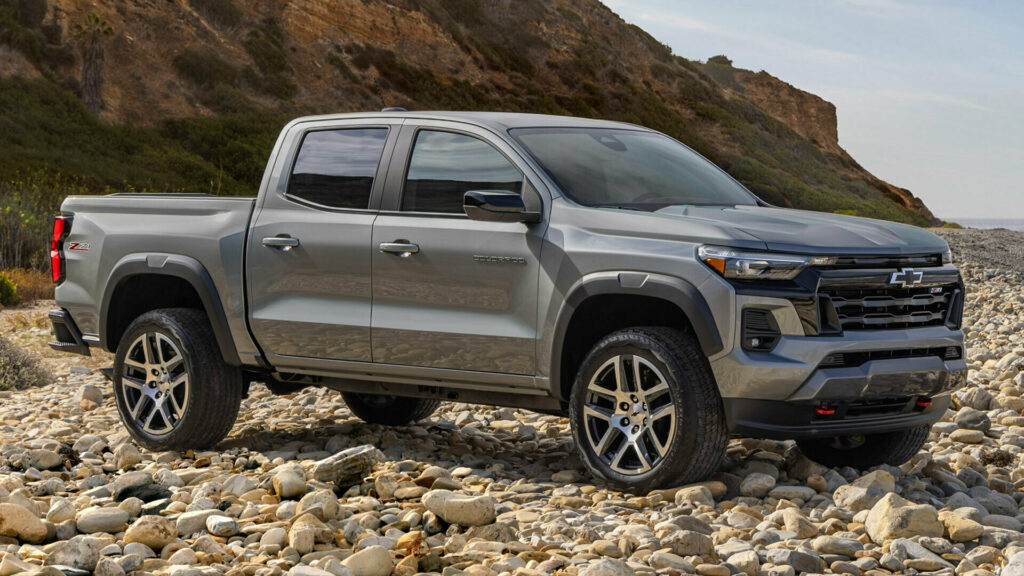
Those sentiments were echoed by GM senior vice president Shilpan Amin, who said “By partnering together, GM and Hyundai will bring more choice to our customers faster, and at lower cost. These first co-developed vehicles clearly demonstrate how GM and Hyundai will leverage our complementary strengths and combined scale.”
In a glorified blog post, Amin said the commercial van will be a “smaller sibling” to the Chevrolet BrightDrop EVs. He added the partnership makes a lot of sense as the companies can reduce costs, streamline manufacturing, and launch new vehicles faster by teaming up.

Amin went on to say the collaboration will enable GM to broaden their lineup. This is a not so subtle hint that going alone on an electric commercial van wouldn’t make much sense, especially after BrightDrop’s dismal failure.
Of course, GM is no stranger to van collaborations as the company used to offer the Chevrolet City Express. It was a rebadged Nissan NV200, which saw lackluster demand and was discontinued in 2018.





